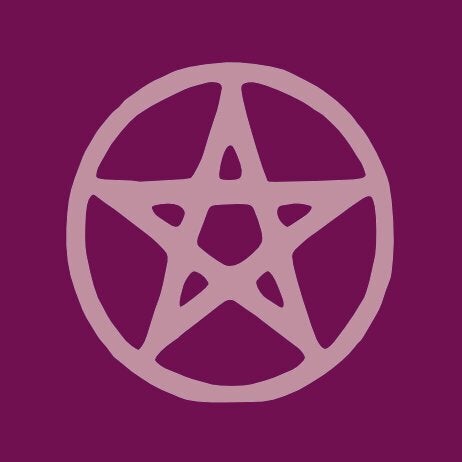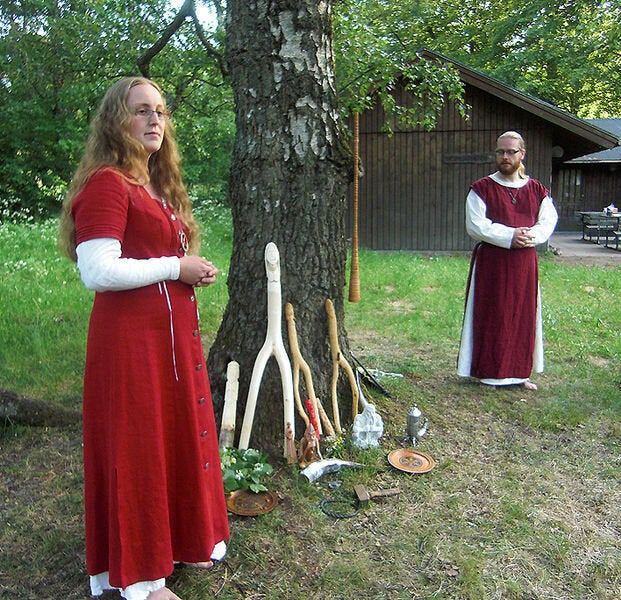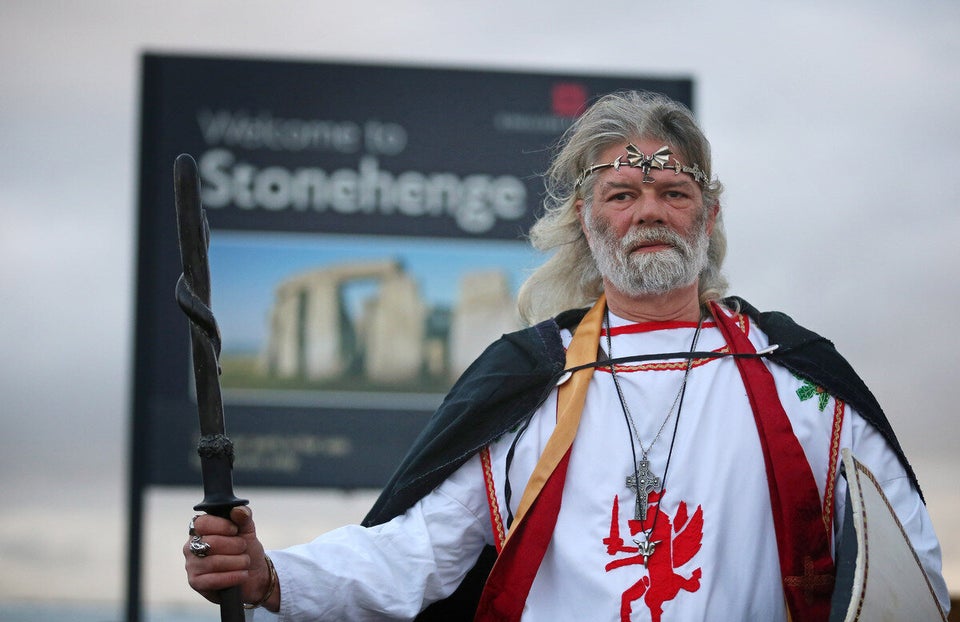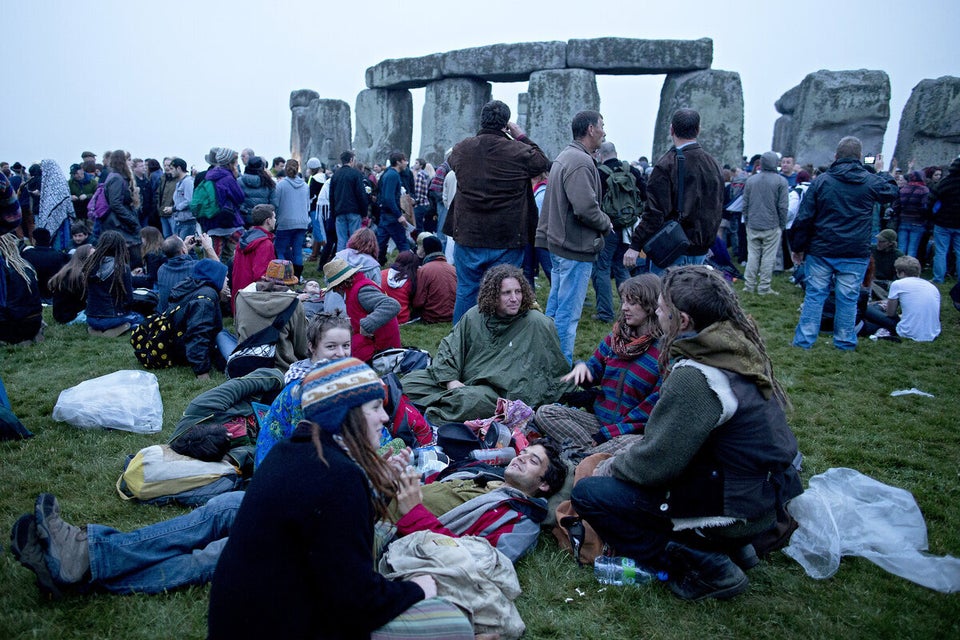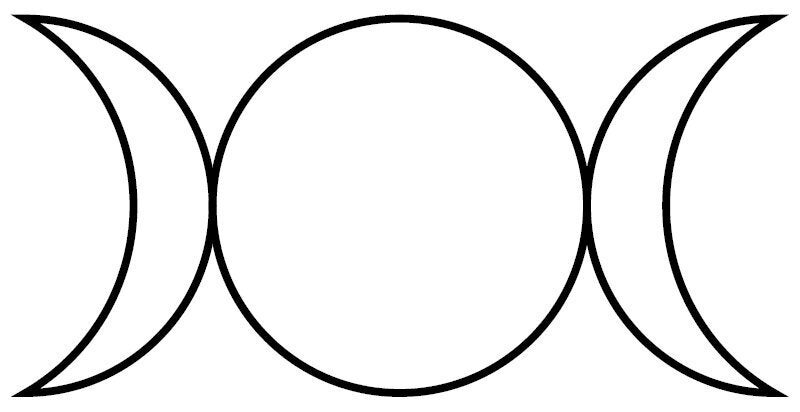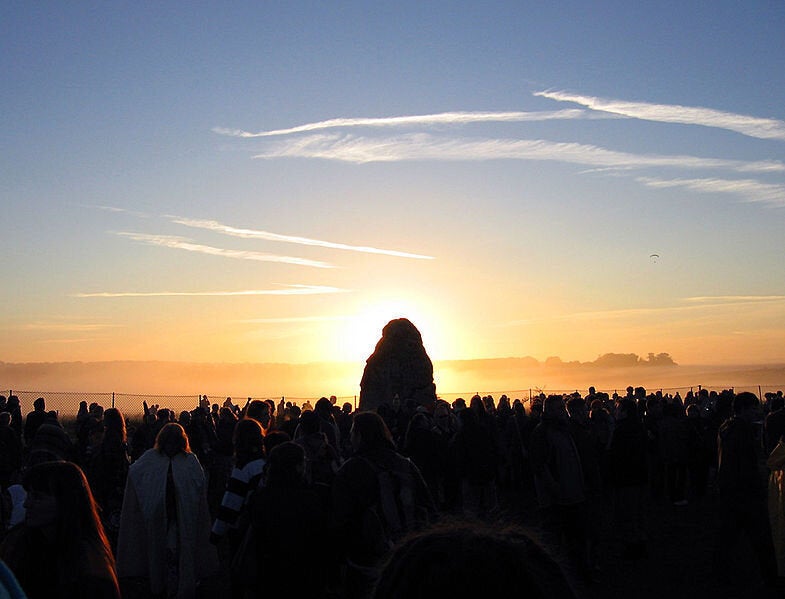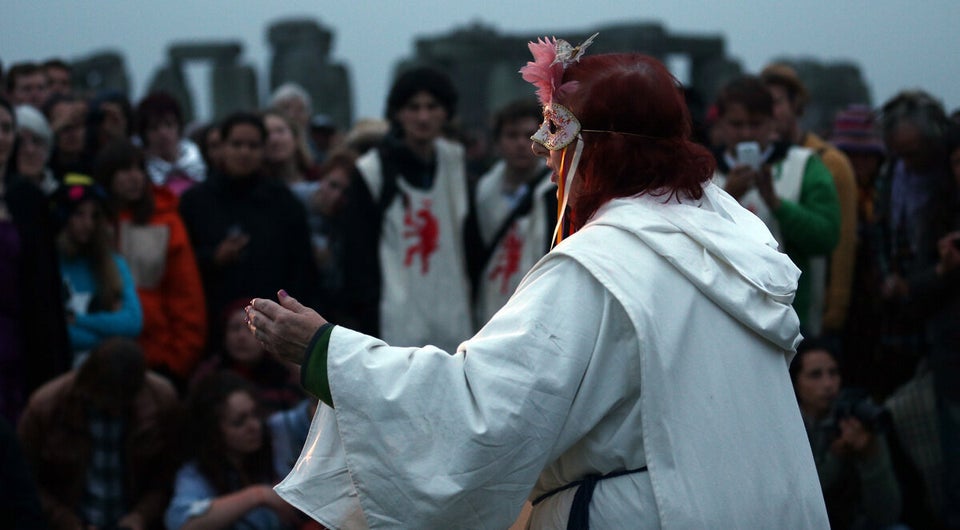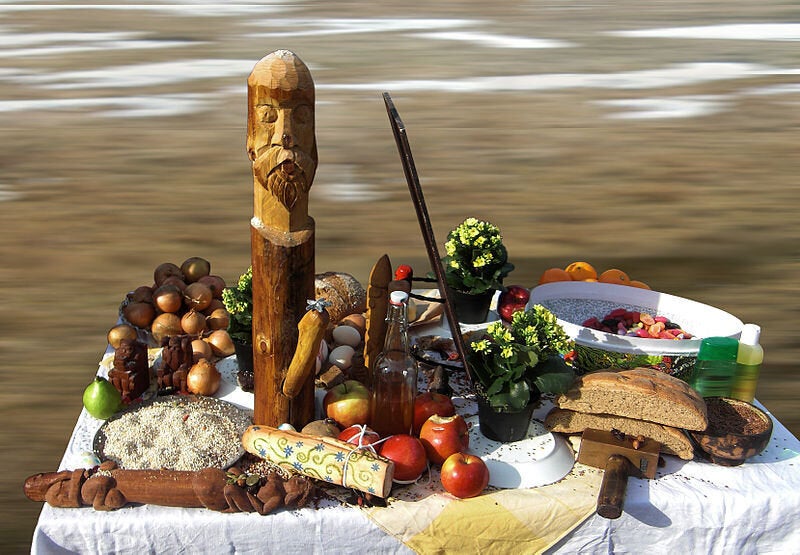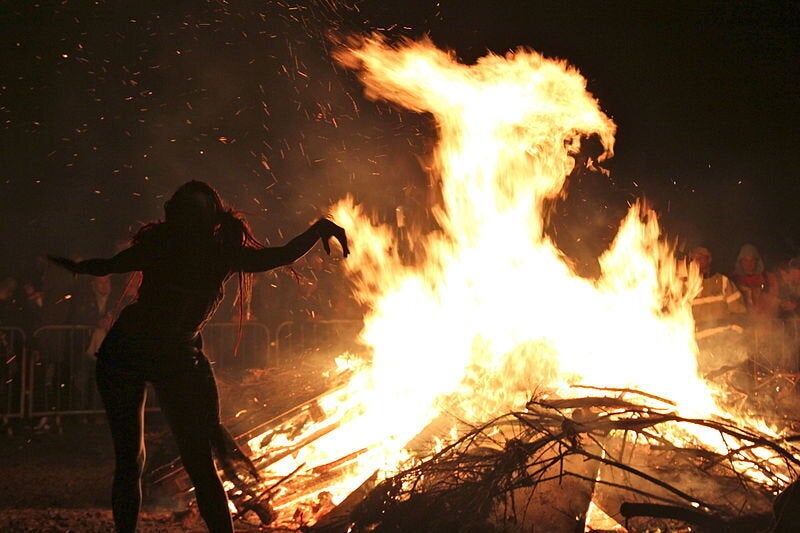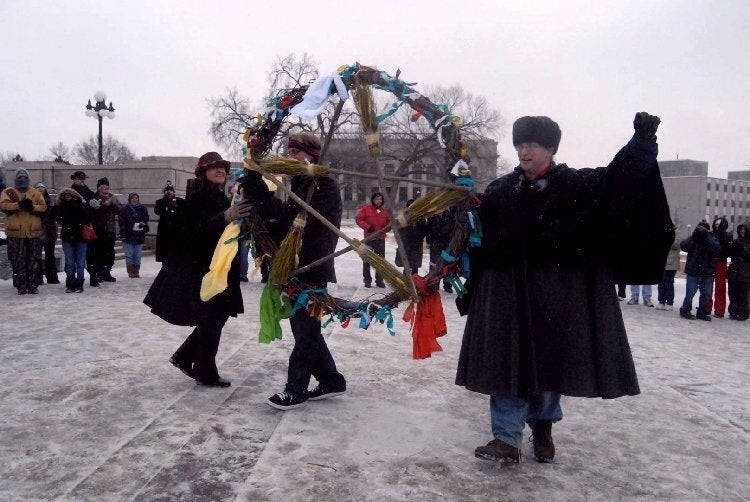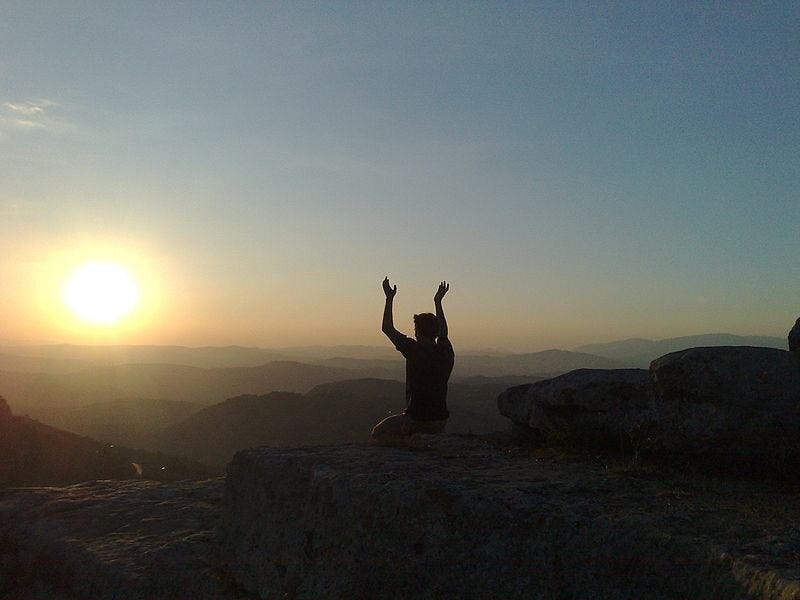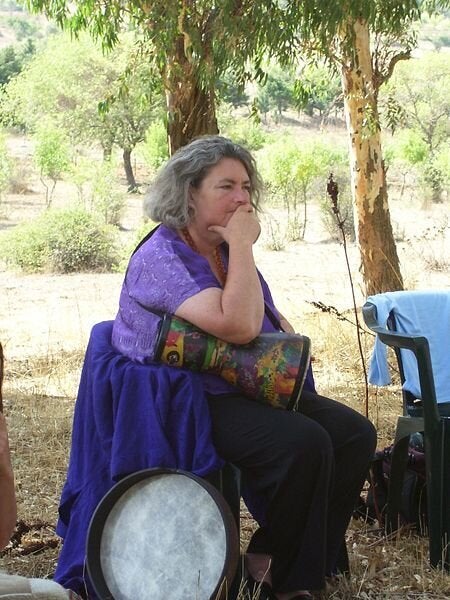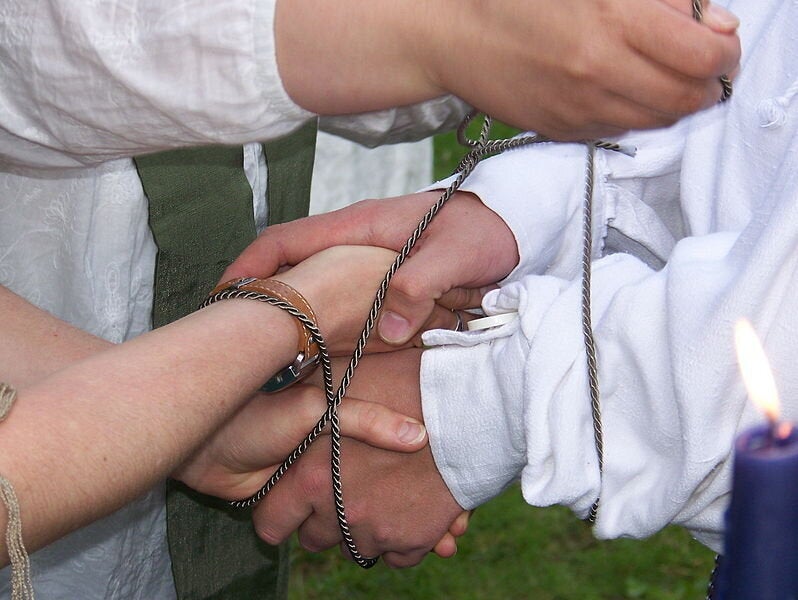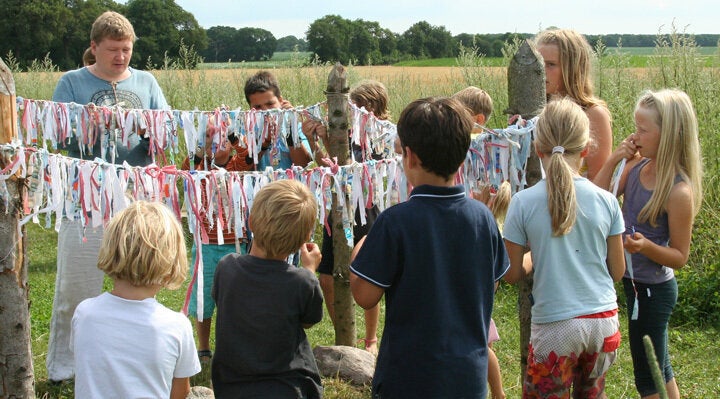
This blog is part of a two-part series discussing the rise and role of modern paganism in today's families. Part I tells the author's story, while Part II expands into the history and principles of some practices.
I grew up in an atheist home. It was a happy, kind-hearted and good-humoured one, with parents who loved each other as much as they loved their kids (and who still do). We had our own traditions: summer trips to the cabin, car wash blitzes on the driveway and sledding in the winter. Suckers for a hard-luck story, we fostered stray animals -- abused pups, orphaned ducklings, one-legged pigeons, you name it.
My dad -- a self-proclaimed redneck -- was a man ahead of his time. Despite living in Canada's Evangelical Bible belt, he had the guts to speak up for gay rights at a time in our province when not many voices were. He was unflinching in his pro-choice stance and raised two daughters who never believed that a woman should "obey" a husband. Love and respect, absolutely. But obey? Fat chance.
My mom was the same way. I remember her getting mad because evolution wasn't being taught in our public school, the instruction having been opposed by religious lobby groups. Despite this, my family wasn't anti-religious. We were just indifferent-religious. Even looking back, there was nothing that religion could have added to my family life. We were good without god.
My husband grew up in a Pentecostal home. The churches he attended were hardcore: talking in tongues, faith healings, the Rapture, river baptisms, trembling hands raised to sky, the works. As a child he experienced more than one "End of Times" countdown where he would stare up in terror, waiting for the sky to open up. He had recurring nightmares of being sawn in half by atheists, who he was taught were agents of the devil.
He was also taught by the church that dinosaur bones were put there by god to "test" people's faith, and that gay people were an abomination. He spent most of his childhood at church functions, and his parents divorced when he was a teenager. By the time we met as adults, he had become a fierce atheist. In fact, our mutual non-belief was something that attracted us to each other.
While my husband and I believe that Christianity and today's other dominant religions are a positive part of many people's lives, we don't believe these faiths have a monopoly on creating the foundation for a strong family unit or creating "moral" children. In addition to my husband, I have known many people, clients and friends alike, who feel that organized religion has been a divisive force in their family.
Some resent, as did my husband, that much of the family's "down time" was devoted to church going. When he was young, church was held on Sunday mornings and evenings. The problem was, Battlestar Galactica aired on Sunday nights. As a kid, he wanted nothing more than to hang out with his family, watching Starbuck and Apollo battle the Cylons. I have to laugh when he talks about the various "illnesses" that would strike him around six o'clock every Sunday night. It's funny, but also sad. To me, an hour of Sci-Fi spent with family is worth more than a thousand sermons from a stranger.
Others have experienced religious-based ostracism or shunning from the family unit because of their sexual orientation or choice to leave the faith. Still others cannot reconcile their personal values with religious doctrine that, indirectly or directly, supports sexism, misogyny, violence and which acts like a lead weight on the advancement of science and medicine. Some simply resent the fact that they missed the magic of believing in Santa or going trick-or-treating with friends. The reasons are many and varied.
Even though I grew up in an atheist home, I was always drawn to religious places and rituals. Churches, ceremonies and customs -- I loved them all. I was the kid who peeked through the church window to watch people take the Eucharist. I was the kid who, when she got a box of Smarties, ate the red ones last.
There are many people like me. People who love ritual and long for spiritual expression, but who can't get on board with Abrahamic religious dogma or scripture. There are many people like my husband, too. People who were indoctrinated into religious belief as a child, but who have rejected that belief as an adult. And these are the folks who are increasingly turning to modern paganism.
I was several years into my couples mediation practice when I found myself -- and many of my non-religious clients -- longing for a spiritual focus for their homes. Some romanticized the vogue journey of self-discovery in Elizabeth's Gilbert's EAT PRAY LOVE. I had more than one client say she was ready to leave her family and head to Bali where she would scale a mountain and find her own guru or Yoda (or at least someone wearing a robe) who could tell her what life was all about.
I just turned kind of bitchy. Despite having a happy marriage and family life, I longed for a sense of meaning and ritual. I found it, too, by revisiting an experience in my past. When I was 20 years old, I had visited Rome where I was quickly schooled in the ancient gods and goddesses, and even met a pagan priestess who was keeping the "old ways" alive. It was the first time I was exposed to a spirituality beyond the monotheistic, androcentric variety. And I liked it. It meant something to me.
The experience sparked a lifelong interest in Roman classics and mythology; however, it wasn't until midlife that I found myself embracing modern paganism -- specifically the New Vesta tradition -- as a form of personal spirituality, one that resonated with me and reflected my humanist values. Cliché? Midlife crisis? Maybe. But a real experience nonetheless.
In antiquity, Vesta was the goddess of the home, hearth and domestic life. Residing in the household fireplace and symbolized by a flame, she warmed and lit the home while providing a "spiritual focus" for the family. At each meal, offerings of salted flour or libations of wine or olive oil were sprinkled into her flame. This ritual did more than symbolically "feed" her spirit. It nourished and strengthened the family bond while bringing tranquility to the household.
Modern followers of Vesta typically have a Vestal candle on the table and make similar offerings. It is a simple family ritual that makes the home a sacred space, and that reinforces a sense of family solidarity. As well as meal-time offerings, New Vesta adherents usually have a lararium or family altar located near the entrance to the home. Mementoes of family members -- living and dead -- are kept here, as is a Vestal candle. The position of the lararium -- near the home's entrance -- serves to "bless" the comings and goings of family members, and to serve as a visual reminder than home really is where the heart is.
Despite having been brainwashed to fear and loathe pagans, my husband did a bang-up job of accepting this tradition into our home. Why? Because it didn't raise any of his "religious red flags." It didn't ask for money or reject science. It didn't require us to outsource the morality we imparted to our son, and it didn't involve him being indoctrinated into supernatural belief. It wasn't angry or judgmental and it didn't put anything -- man or god -- above our own marriage and family.
Obviously, this is only a superficial look at New Vesta, which itself is only one expression of paganism. Contemporary paganism is an umbrella term for many beliefs, which are as diverse as they are rich. There is insufficient space here to do justice to the practices that many people hold dear.
My purpose here has been to give you a snapshot of what modern paganism looks like in our home. There is no dancing naked in the woods at midnight. There are no human or animal sacrifices in our basement. There are no mystery chants, secret rites or orgies. There is just a family who really loves watching Battlestar Galactica re-runs and who is doing its best to tread lightly upon the Earth while being decent to our fellow travelers.
I think it is time to challenge the stereotypes surrounding modern paganism and its various beliefs. It has so much to offer, from its fascinating history and cultural influence to its contemporary efforts to create a better world. And that's something I'll expand upon next week.
Visit NewVesta.com or connect on Facebook for more info on this modern pagan practice.
MORE ON HUFFPOST:
